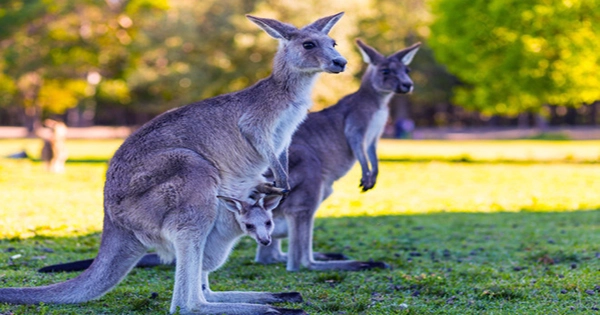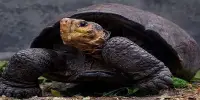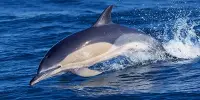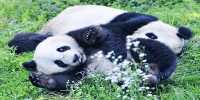A strange enormous kangaroo used to wander the steep jungles of New Guinea long ago—almost all the way up to the end of the last ice age. Now, research that my colleagues and I will publish on Thursday indicates that this kangaroo was not closely connected to contemporary Australian kangaroos. Instead, it represents a distinct species of primitive kangaroo found only in New Guinea.
The megafauna’s age, Megafauna, or enormous creatures, were formerly common in Australia before the majority of them died extinct roughly 40,000 years ago. The kangaroos, koalas, crocodiles, and other creatures that we now associate with the Australian wilderness coexisted with this megafauna, although many of them were bigger species than these.
There were three-ton Diprotodon optatums, 2.5-meter-tall short-faced kangaroos, and huge Phascolonus wombats (the largest marsupial ever). In reality, certain Australian megafaunal species still exist today, including the red kangaroo, emu, and cassowary. In comparison to Australia, New Guinea’s fossil megafauna has received far less research. Though mysterious, the fossil record from New Guinea has revealed signs of interesting and strange species whose evolutionary histories are intertwined with those of Australia.
There have been infrequent trips and fossil digs in New Guinea by palaeontologists, notably those conducted there in the 1960s, 1970s, and 1980s by American and Australian academics. Two jaws of an extinct gigantic kangaroo were discovered in the early 1970s during an archaeological dig directed by Mary-Jane Mountain. Tim Flannery, a teenage scientist who is now a professor, gave the species the name Protemnodon nombe.
The fossils Flannery spoke about date back between 20,000 and 50,000 years. They originate from the Nombe Rockshelter, a palaeontological and archaeological site in central Papua New Guinea’s highlands. This location also included fossils of a different species of kangaroo and enormous four-legged marsupials known as diprotodontids.
Unexpectedly, I found, I recently reexamined the fossils of Protemnodon nombe with Professor Gavin Prideaux of Flinders University, and we discovered something surprising. This odd kangaroo was not a member of the Protemnodon genus, which was formerly found throughout Australia, from Tasmania to the Kimberley. It was something far stranger and more archaic.
It stands apart from other known kangaroos in particular because of its distinctive molars, which include curving enamel crests. We called the species Nombe nombe after moving it into a brand-new genus that is exclusive to New Guinea. Our research suggests that Nombe may have descended from an ancient kangaroo that crossed the Pacific from Australia into New Guinea in the late Miocene era, about 5-8 million years ago.
Due to lower sea levels during the time, the islands of New Guinea and Australia were united by a land bridge; now, the Torres Strait separates them. Megafauna, among other early Australian animals, were able to travel to the rainforests of New Guinea because to this “bridge.” These animal groups lost contact with their Australian cousins when the Torres Strait flooded once more, and they independently developed to fit their tropical and mountainous New Guinean habitat.
We now believe Nombe to be a member of one of these historic kangaroo lineages. The powerful, squat creature inhabited a varied highland rainforest with dense vegetation and a closed canopy. It has a large jawbone and powerful chewing muscles as a result of evolving to consume tough leaves from trees and plants. Two fossil lower jaws are the sole known specimens of the species. And there is still a lot to learn. Do contemporary kangaroos hop as Nombe did? What caused it to go extinct? One finding in palaeontology typically leads to a myriad of additional inquiries.















